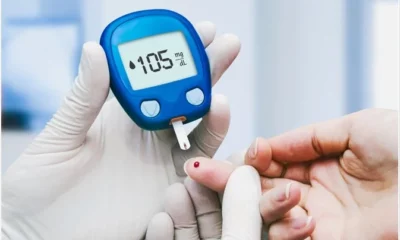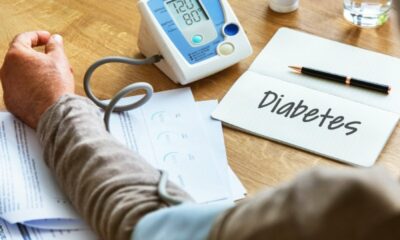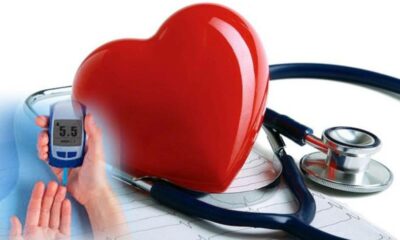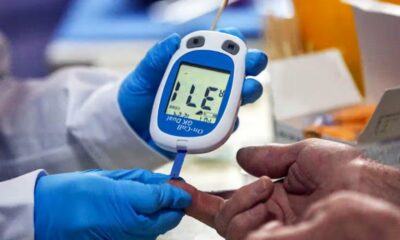According to a population-based study conducted in Sweden, children and teenagers who were obese or overweight had a higher chance of developing high blood pressure as adults between the ages of 50 and 64.
The study, which will be presented at the next European Congress on Obesity (ECO) next month, found that, in adult men, there was a linear correlation between higher BMI at age eight and greater BMI change throughout puberty (BMI at age twenty minus childhood BMI), independent of one another. Women’s blood pressure increased linearly in middle age according to the degree of BMI change at puberty, which was unrelated to childhood.
“Our results suggest that preventing overweight and obesity beginning in childhood matters when it comes to achieving a healthy blood pressure in later life,” says lead author Lina Lilja, MD, from the University of Gothenburg in Sweden. “Children and teenagers living with overweight or obesity might benefit from targeted initiatives and lifestyle modifications to reduce the substantial disease burden associated with high blood pressure in later life from diseases such as heart attacks, strokes, and kidney damage.”
Although elevated blood pressure and hypertension are known to be linked to high body mass index (BMI) in adults, it is still unclear how much of an impact elevated BMI in midlife has over that of elevated BMI in childhood and adolescence.
The Swedish researchers used data from two population-based datasets for their observational study: the Swedish CArdioPulmonary bioImage Study (SCAPIS) and the BMI Epidemiology Study (BEST) Gothenburg cohort. The researchers examined data from 1,683 individuals—858 males and 825 women—born between 1948 and 1968 using these two sources.
The researchers used school health records from the ages of seven and eight for the BEST cohort members, as well as records from school health records for young adults between the ages of 18 and 20 for those who were enrolled in the military, which was required of young men until 2010. The SCAPIS research, which included individuals who were not taking medication for high blood pressure at the time of data collection, provided the midlife blood pressure data.
Men’s middle-age systolic blood pressure increased by 1.03 mmHG and their diastolic blood pressure increased by 0.53 mmHG, independently of each other, with an increase in BMI of one unit (corresponding to an average pubertal BMI change of 5.4 kg/m2). These findings were based on an analysis of participants whose BMI change during puberty was also included.
Regardless of childhood BMI, a one BMI unit rise in pubertal BMI in women was linked to a 0.96 mmHg increase in middle-age systolic blood pressure and a 0.77 mmHg increase in diastolic blood pressure. On the other hand, regardless of the pubertal BMI shift, childhood BMI was not associated with either the systolic or diastolic blood pressure in midlife.
Jenny Kindblom, MD, of Sahlgrenska University Hospital pointed out that even slight increases in blood pressure over a long period of time might harm blood vessels and play a role in the development of kidney and cardiovascular disorders, even though the increases shown in this study are not very significant.
“Our findings indicate that high blood pressure may originate in early life,” Kindblom said. “Excessive fat mass induces chronic low-grade inflammation and endothelial dysfunction already in childhood. Higher amounts of visceral abdominal fat increases the risk of developing hypertension in adults. And we have previously shown that a large pubertal BMI change in men is associated with visceral obesity [fat around the internal organs] at a young adult age. So enlarged visceral fat mass might, in individuals with a high BMI increase during puberty, be a possible mechanism contributing to higher blood pressure.”
“This study is important given the rising tide of obesity among children and teens. It is vital that we turn the focus from high blood pressure in adults to include people in younger age groups,” she concluded.

 Diabetology2 weeks ago
Diabetology2 weeks ago
 Diabetology2 weeks ago
Diabetology2 weeks ago
 Diabetology1 week ago
Diabetology1 week ago
 Diabetology3 days ago
Diabetology3 days ago















